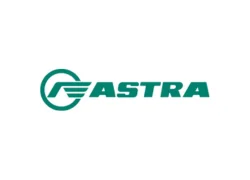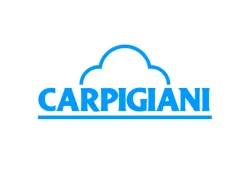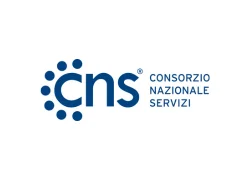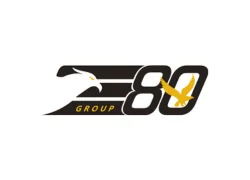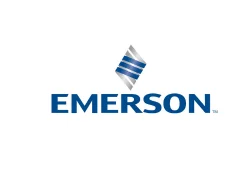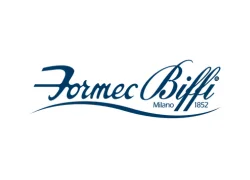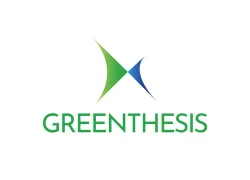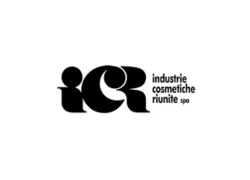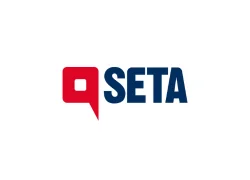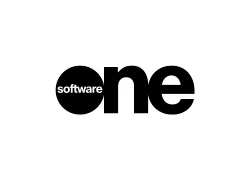Aree formative
I nostri corsi sono suddivisi in 7 aree strategiche. Quali competenze vuoi sviluppare?
Prossimi corsi in partenza
1 dic - 7 dic 2025
l
unedì
m
artedì
m
ercoledì
g
iovedì
v
enerdì
s
abato
d
omenica
I nostri numeri
INFORPC è un'azienda creata nel 2006 da Infor s.r.l. e Value s.a.s per fornire formazione, servizi e soluzioni alle aziende. Dal 2018 INFORPC è una realtà che fa parte di Value Group, ed è punto di riferimento per le aziende che credono nel valore dell'aggiornamento costante e nell'innovazione.
 0
corsi di formazione
0
corsi di formazione
0
partecipanti formati
0
servizi erogati
0
finanziamenti













